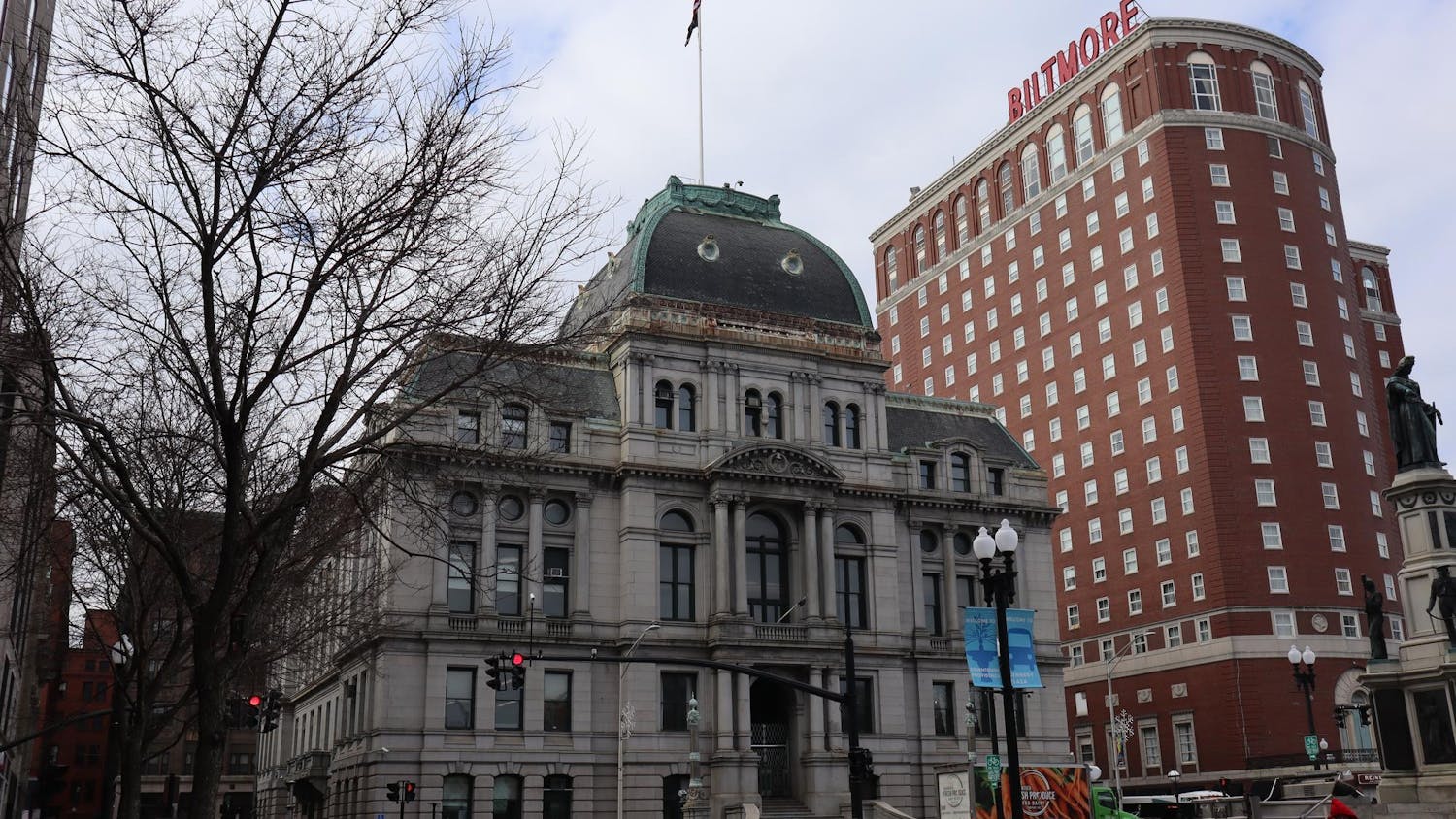Rhode Island ranked fourth in the nation for accumulated undergraduate student debt according to an Oct. 2012 report from the Institute for College Access and Success. While over one-third of Brown students take out loans to finance their undergraduate educations, 69 percent of Rhode Island college students graduated with debt in 2011.
Rhode Island students accumulate, on average, $29,097 of student loans by graduation. Massachusetts and Vermont both ranked lower than Rhode Island, according to the report, coming in at $27,181 and $28,273, respectively. Students in New Hampshire accumulate the highest student debt of New England states, with an average of $32,440.
Rhode Island’s loan burden has increased over recent years, a trend that can be attributed to the financial difficulties lingering from the economic downturn beginning in 2008, said James Hanbury, director of the Financial Aid Office at Rhode Island College.
“Across the state, (the) economy has just been terrible for the last five years, and the fact that students are borrowing more is a result of that,” he said. “This trend will start to reverse once the economy improves.”
Hanbury added that his data shows a “marked uptick in student loans between 2007 and 2008, and another one between 2011 and 2012” at RIC. The latter jump corresponds to the jump in the state’s student debt ranking.
Graduates of Salve Regina University in Newport accumulate more debt than those of any other school in the state, with student debt averaging $43,237 per person for the class of 2011, according to a WPRI study from earlier this month.
Roger Williams University — where student debt averages $38,365 — produces the second-highest rate of student debt in the state.
Families are increasingly taking advantage of the option to take out loans in the student’s name. These loans are offered at “significantly lower interest rates” and inflate the reported student debt rates, wrote Kristine Hendrickson, associate vice president of university relations and chief communications officer at Salve Regina, in an email to The Herald. “We believe this is a major reason for the reported increase in student debt load,” she wrote.
In contrast, the average debt of each Brown class of 2011 graduate was $20,455 — the lowest in the state, according to the WPRI report. The figure is also below the national average of $26,600.
“Brown has made a commitment to steadily augment our financial aid over the past decade, and we have a policy that calls for no loans in the initial aid packages awarded to students with family incomes of less than $100,000,” wrote Marisa Quinn, vice president for public affairs and University relations, in an email to The Herald. “This is a costly and important program that we are able to offer as a result of the generosity of our donors, as well as because of income provided by the endowment.”
Rising tuition costs also contribute to student debt. Roger Williams will enact an Affordable Excellence Initiative to freeze tuition for the class of 2017.
While the issue of student debt is prompting reactions at both the family and university levels, Hanbury said the federal government is expending little effort to address these concerns.
“Overall, there’s not many promising things going on in the student aid scene,” he said, adding that interest rates on subsidized loans may even double in the near future. Interest rates for these loans are covered by the government while the loan recipient remains in school, so the increase would not have an immediate impact on current students. But if the rates go up, it would increase post-graduation debt.
Despite the looming threat of increased interest rates, loans remain a popular option for families looking to finance the high cost of a college education.
“Maybe you’ve lost your job and you’re now struggling to balance day-to-day expenses with school,” said Hanbury. “With unemployment rates in the double digits, a lot of people don’t have much choice but to take out a loan.”
ADVERTISEMENT




